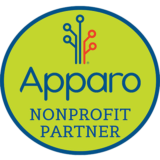Cure Violence GlobalAlternatives to Violence
In partnership with the City of Charlotte, Mecklenburg County, and the Greenlight Fund, the Alternatives To Violence (ATV) site on Nations Ford Road serves Southwest Charlotte by using a public-health approach to violence prevention as led by Cure Violence Global.
Contact the ATV team at ATV@urbanleaguecc.org
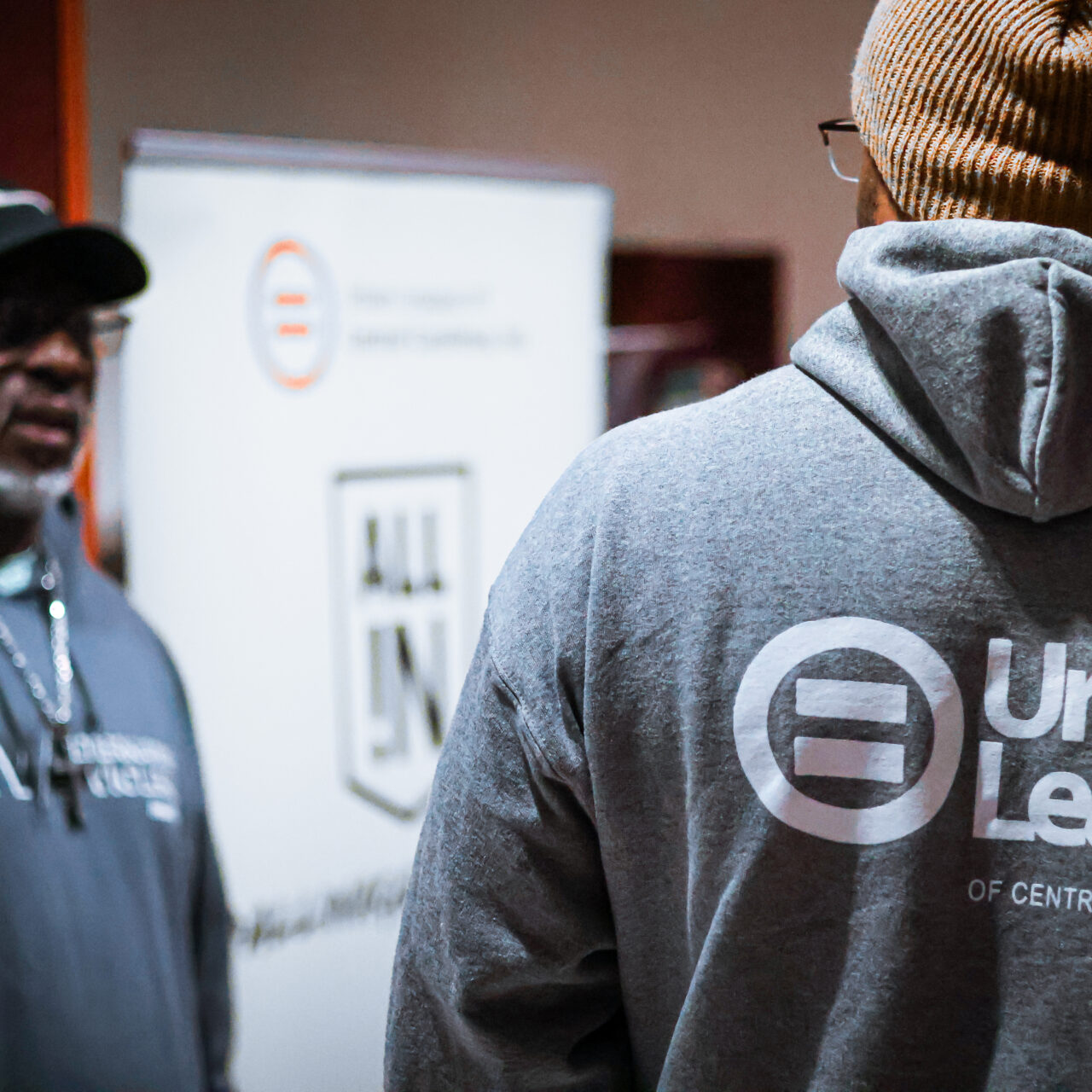
The Approach
Cure Violence Global’s violence prevention methodology applies evidence-based public health epidemic-reversal strategies to:
- Detect and interrupt (i.e., prevent) potentially violent situations,
- Identify and change the thinking and behavior of the highest risk transmitters (i.e., those most likely to engage in violence), and
- Change group norms that support and perpetuate the use of violence.
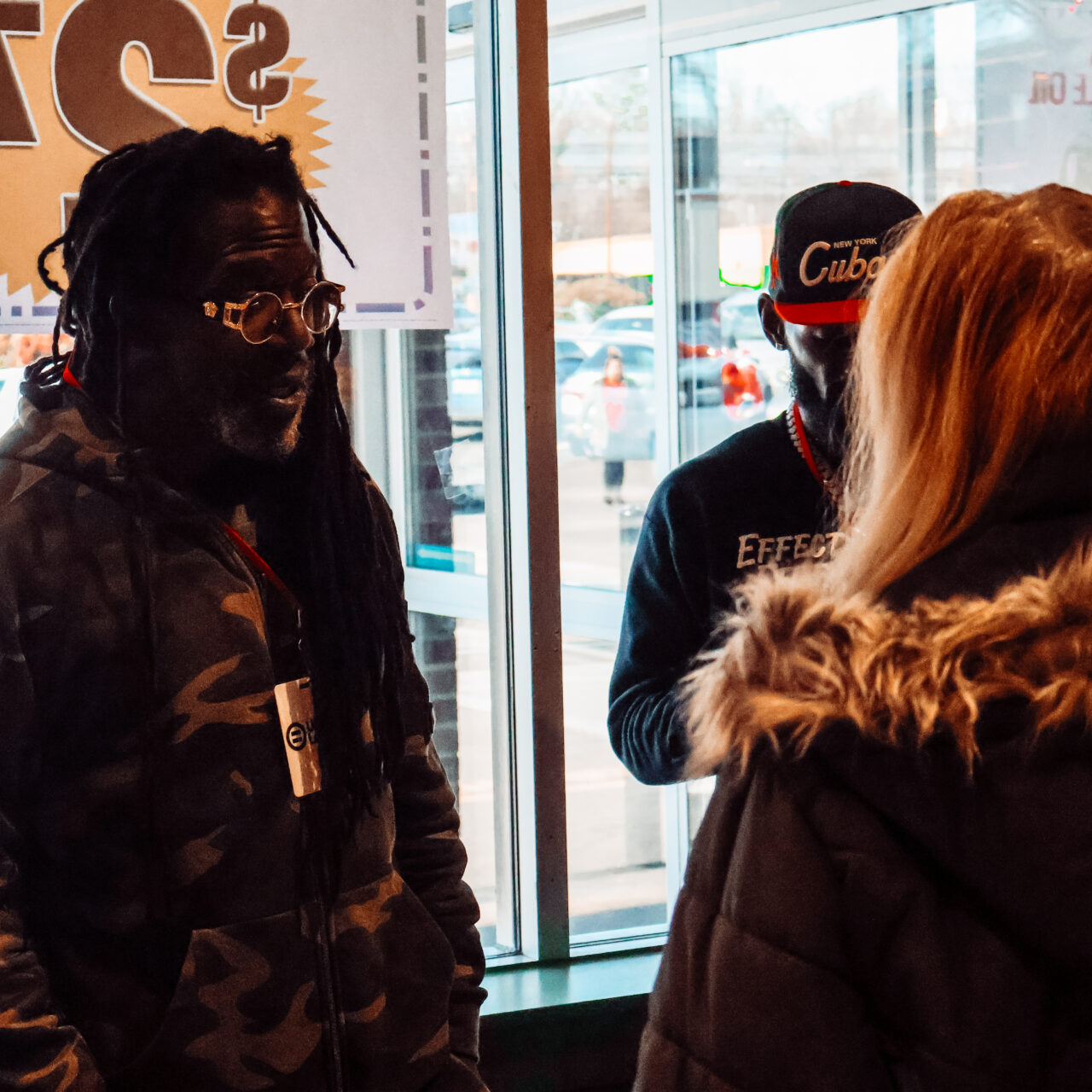
Detect and interrupt potentially violent conflicts
Trained violence interrupters and outreach workers prevent shootings by identifying and mediating potentially lethal conflicts in the catchment area and following up to ensure that the conflict does not reignite. Interrupters and other staff work separately from law enforcement and must remain independent to maintain the credibility needed to work with those at the highest risk.
- Prevent Retaliations: When a shooting happens, trained violence interrupters immediately take action in the community and at the hospital to cool down emotions and prevent retaliations — working with the victims, friends, and family of the victim, and anyone else who is connected with the event.
- Mediate Ongoing Conflicts: Workers identify ongoing conflicts by talking to key community members about ongoing disputes, recent arrests, recent prison releases, and other situations and use mediation techniques to resolve them peacefully.
- Keep Conflicts ‘Cool’: Workers follow up with conflicts for as long as needed, sometimes for months, to ensure the conflict does not become violent.

Identify and change behaviors of people at the highest risk
Trained outreach workers implement a culturally appropriate and trauma-informed approach to reduce the risk of those most likely to commit violence and to promote health equity. Outreach workers meet those at the highest risk where they are, talking to them about the costs of using violence and helping them to obtain the social services they need — such as job training and drug treatment.
- Access Highest Risk: Workers utilize their trust with high-risk individuals to establish contact, develop relationships, and work with the people most likely to be involved in violence.
- Change Behaviors: Workers engage with high-risk individuals to convince them to reject the use of violence by discussing the cost and consequences of violence and teaching alternative responses to situations.
- Case Management: Workers develop a caseload of clients with whom they work intensively — seeing clients several times a week and assisting with their needs such as drug treatment, employment, and leaving gangs.
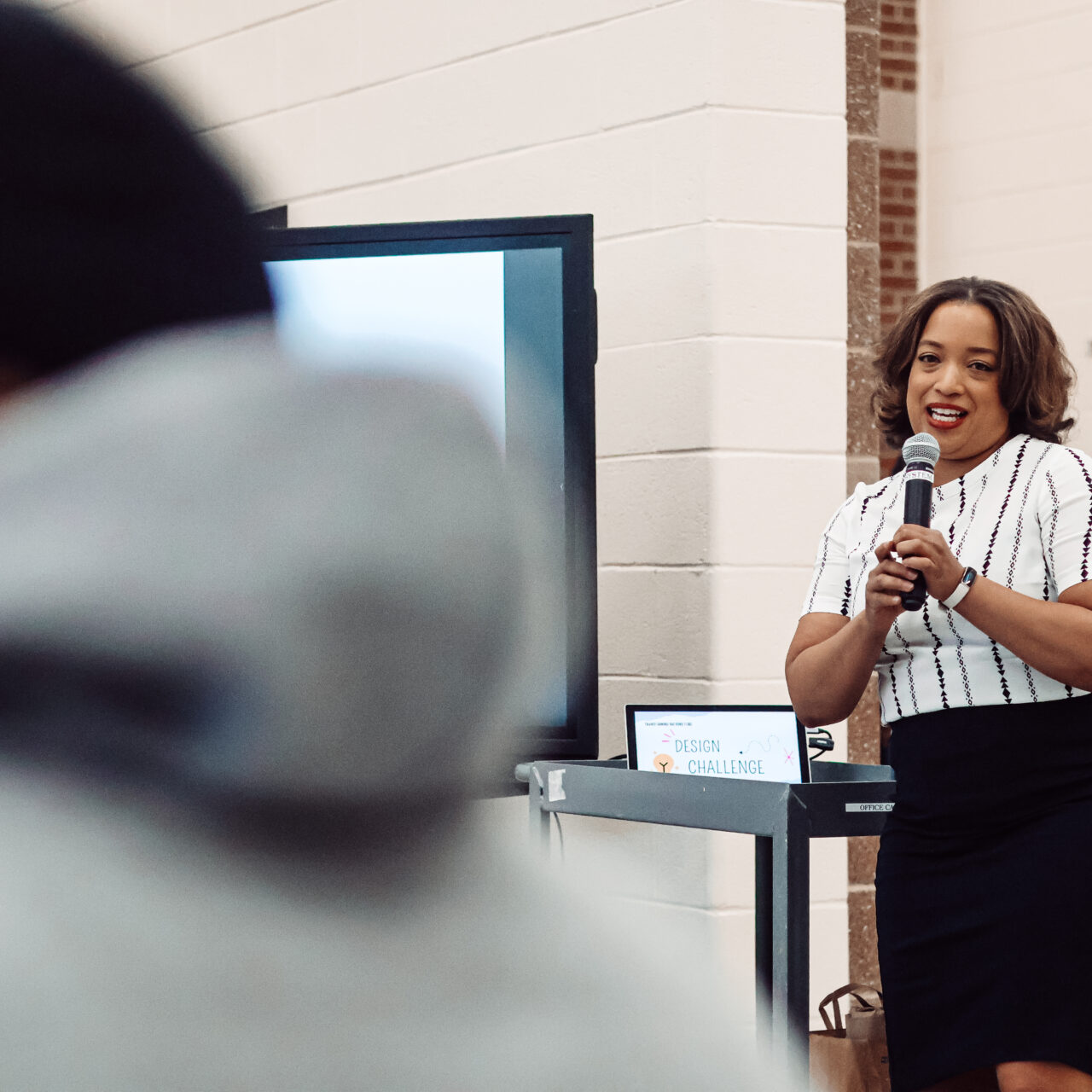
Mobilize the community to change norms
Workers engage leaders in the community as well as residents, local business owners, faith leaders, service providers, and the high-risk — conveying the message that the residents, groups, and the community do not support violence.
- Respond to Every Shooting in Catchment: Whenever a shooting occurs within the Cure Violence catchment area, workers organize a response where dozens of community members voice their objections to the shooting.
- Organize Community: Workers coordinate with new, existing, and established block clubs, tenant councils, and neighborhood associations within the catchment area to assist in preventing violence.
- Spread Positive Norms: The program distributes materials and hosts events within the catchment area to convey the message that violence is not acceptable.
